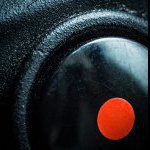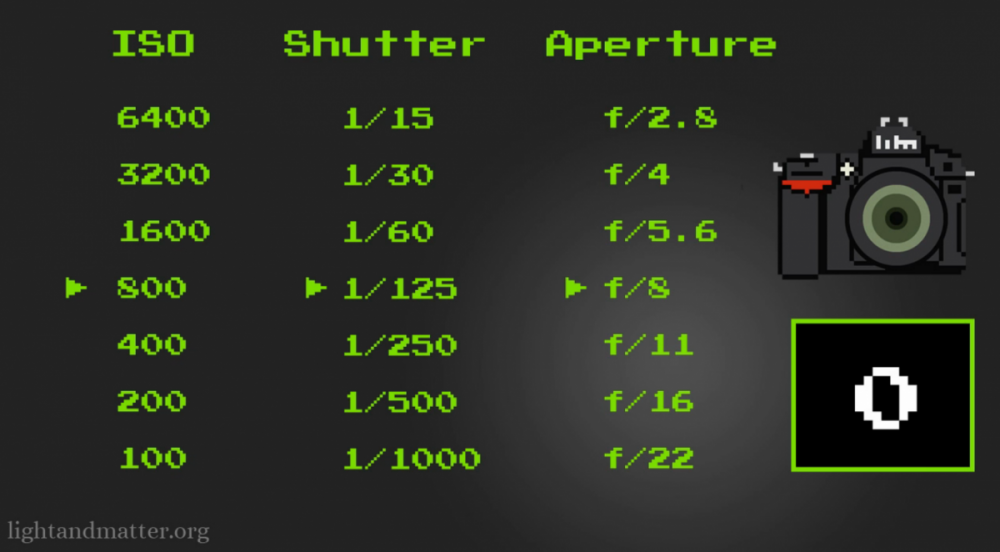Search the Community
Showing results for tags 'iso'.
-
It's the eleventh hour for the GH2, but it will still be a few months before I have its replacement in my hands so I am still trying to get the best possible performance out of it. And I'd still like to hang onto it as a B-cam, but not until I work some issues out. I did a full-range ISO test of my GH2 with the Flowmotion 2.02 settings, starting at 12800 and working my way down to 160. I did this after reading a little more about the GH2 ISO bug. Initially, I had read that if you wanted to use ISOs 320, 640 or 1250, you had to switch the camera on and first go to [i]any[/i] higher ISO, and then back to one of these three to minimize noise. Then I did some more reading on Personal-View and apparently what you want to do is go to the next ISO increment up, and then back down to the desired setting (so if you want ISO 320, go to ISO 400, then back to 320; if you want 640, go to 800, then back to 640). This seemed to result in a MUCH cleaner image than my initial tests with the first image. The footage is pretty usable up to ISO 1250, at least with the Flowmotion hack. What really surprised me was this: [img]http://www.eoshd.com/comments/uploads/gallery/album_13/gallery_18451_13_3510.jpg[/img] ISO 160 Flowmotion 2.02 Noise enhanced for visibility 500% crop [img]http://www.eoshd.com/comments/uploads/gallery/album_13/gallery_18451_13_74801.jpg[/img] ISO 320 Flowmotion 2.02 Noise enhanced for visibility 500% crop This tells me that working around the ISO bug as I have talked about above, ISO 320 is actually much [i]cleaner[/i] than 160. In fact, it's the cleanest ISO (at least with this hack on my camera). Thoughts?
-
Here is a video presentation for VariCam dual native ISO, quite amazing new technology. Found the article on News Shooter http://www.newsshooter.com/2014/11/28/panasonic-varicam-native-iso-of-800-and-5000-how-do-they-do-it/
-
Does the A7s' high-ISO capability effectively negate the dof advantage I’d otherwise get by choosing a Micro 4/3 camera? (Assuming I’m trying to achieve maximum dof.) In other words, shouldn't I be able to match even the deepest dof I could get with an m4/3, just by stopping-down and boosting the ISO…and of course changing the lens to match perspective, etc? Here's the thing: I'm bumping up from teeny-chip camcorders with 10x (yes, that’s double-digits) crop factors, and from this point-of-view, and in light of the A7s, the dof advantage of a 2x crop vs. FF seems almost non-existent. I’m wondering if I shouldn't skip over the m4/3 sensors and go with the A7s. (I’m usually in low-light, high-contrast environments, so the appeal of the A7s on other fronts is obvious.) There are a boatload of questions about the still-unreleased A7s, but in terms of dof, does my thinking make sense? Thanks.
-
Digging further into the technics behind DSLR filming... So there happens to be a Native ISO for each type of camera. This particular ISO settings gives the best images with the least noice. It also determines you ISO stops. I found out that the best ISO stops for a Canon are 160, 320, 640, 1250, and 2500 - avoiding 125, 250, 500, and 100. Does anybody know the best ISO stops for the Panasonic GH3?
- 1 reply
-
- Sweet Spot
- ISO
-
(and 1 more)
Tagged with:
-
Here is a little tutorial for getting some extra ISO options on the GH3. It gives you two more ISO values between the ones that came preset with firmware 1.0. You just have to enable them. I'm not sure how widely known this trick is. I keep seeing ISO tests showing off ISO 200, ISO 400...etc. and nothing between. So, I hope this helps! https://vimeo.com/62399018
-
I learned a lot lately about shooting with a DSLR but one thing is still confusing me - the frame rate versus the light. Maybe this forum can help me (again) on this one? A - As a new be on DSLR shooting I was recently thought that when choosing shutter speed I should use twice the frame rate I'm using. Especially when filming indoors with artificial lightning - avoiding the flickering effect. So when shooting at a frame rate of 24 fps I use 1/50 shutter speed and when shooting 50 fps I use 1/100 shutter speed. B - But on the other hand there are the rules of light. The aperture, the shutter speed and the ISO settings which help you control your light. I red about the stops and how I can compensate them. And I red about the White Balance - all methods to adjust your lightning. My questions are: 1. - How in earth do these - A rules where I should double my frame rate to set the correct shutter speed work with the light rules - B? I won't have much space to adjust my shutter speed ... 2. - And what is the rule of thumb when setting your lightning - go from adjusting first your aperture, then to shutter speed and then ISO? 3. - And what if you want to freeze (speeding up the shutter speed) or blur your image (lowering shutter speed)? Or is there no rule of thumb? It would be awesome if I could finally return to creating visual stories instead of learning all about the technics :P
- 16 replies
-
- Frame Rate
- Light
-
(and 3 more)
Tagged with:
-
I've uploaded some test footage from the new Panasonic GH3. The first portion of the video contains fairly even lighting with tests from f2.8/ISO 200 - f16/ISO 6400. The second portion introduces a hot spot via a desk lamp. Test are from f4.0/ISO 200 - f22/ISO 6400. Gradation looks very good in the bright areas of the footage. Blacks are fairly consistent throughout. ISO 200 - 800 appears damn fine, as far as noise is concerned. ISO 1600 fairly good and easily workable. ISO 3200 is usable. 6400 is useless. https://vimeo.com/58314941
-
Hi guys, I did some test shooting in lowlight and high ISO on my GH2, nothing scientific, just pushing the camera. I noticed a strange dark pattern on the lower half of my footage on high ISO settings. Exactly the same darker line as this guy gets: https://vimeo.com/19563762 Sometimes it's visible, sometimes not, at ISO 2500 or lower it disappears. Is it a faulty sensor or normal behaviour in low light? I use the EOSHD Unified 88Mbit hack.






